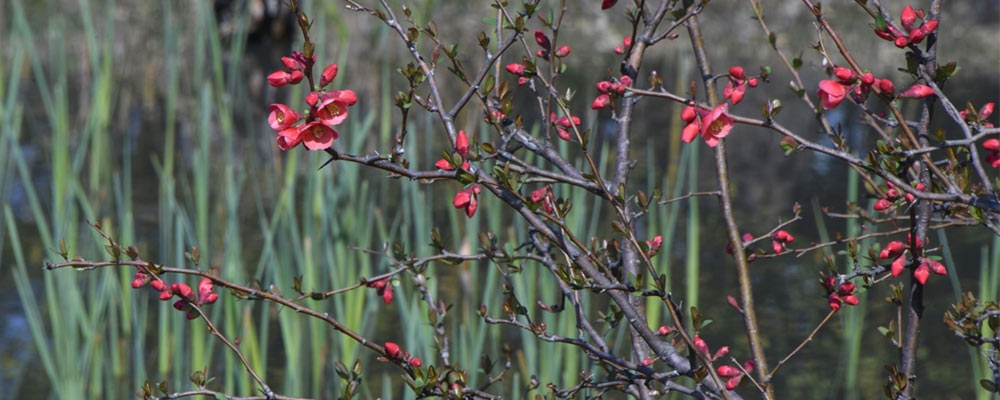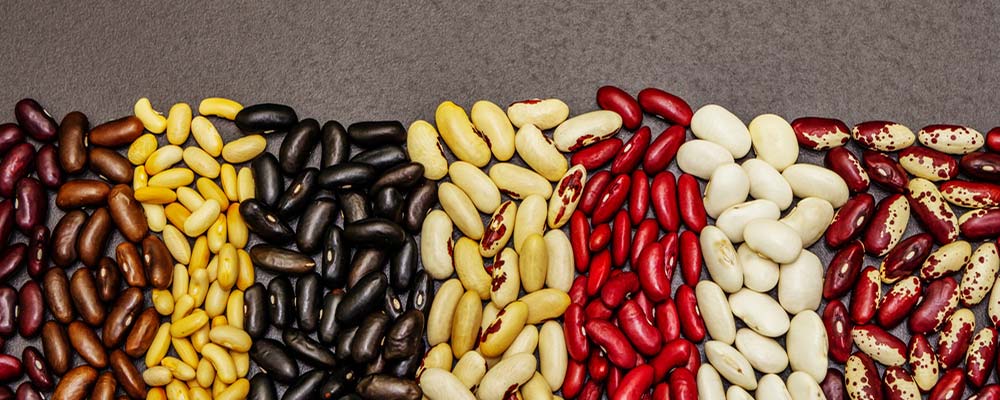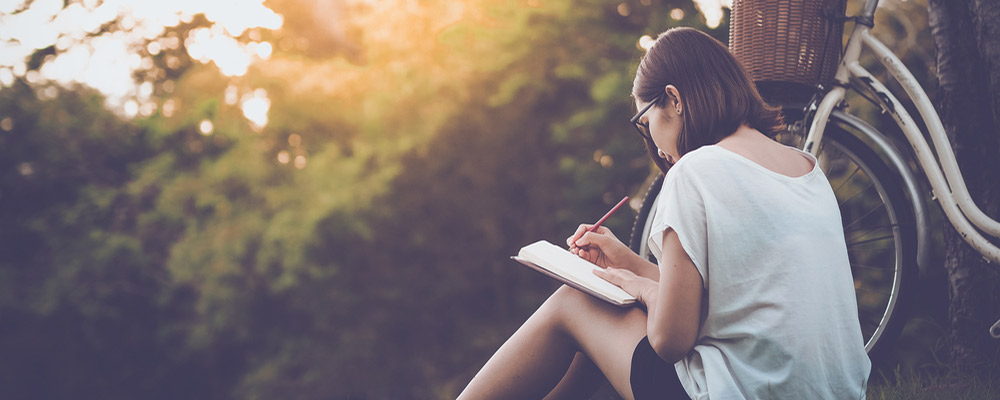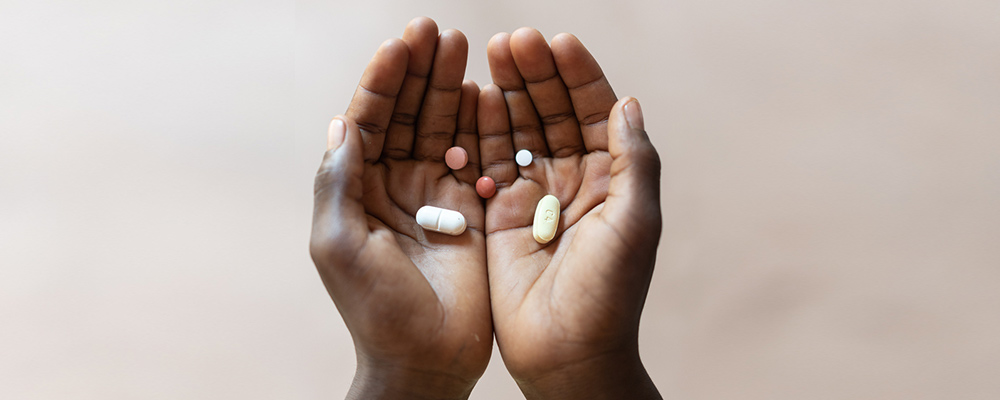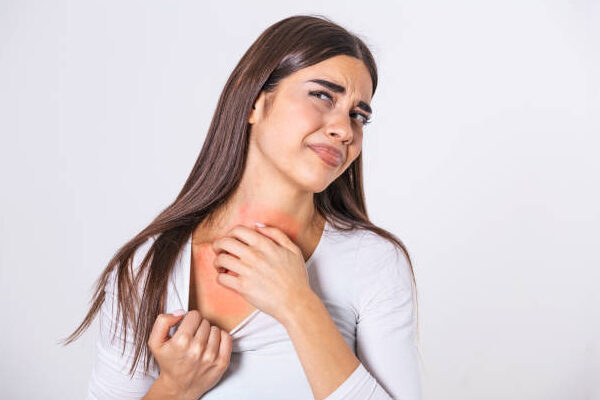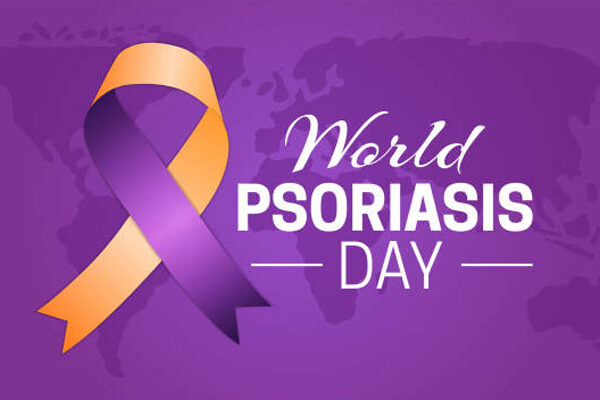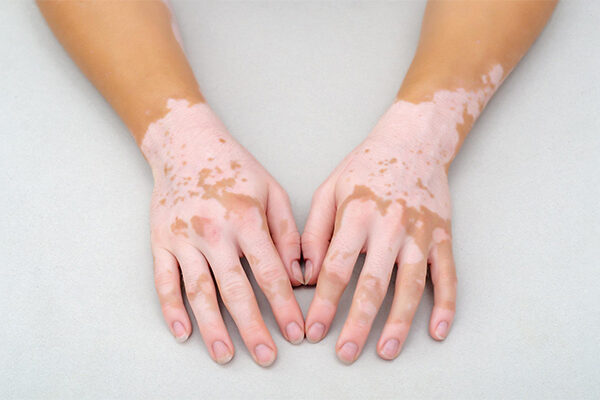Updated on July 1, 2022
Overview:
Do you experience your cheeks blushing very often for no apparent reason? This might be Rosacea. It is a common skin condition that presents as blushing or flushing and visible blood vessels on the skin. People with the condition often misinterpret it as rosy cheeks, blushing, ruddiness, etc. Statistically, in the US around 16 million people have rosacea with women more prone to developing the condition than men. Rosacea is a recurrent condition with occasional flare-ups.
In this blog, we will be discussing the symptoms, risk factors, types, best rosacea treatment, its link with mental health, and more.
What Areas Are Affected By Rosacea?
The areas most commonly affected by Rosacea include the nose, cheeks, and forehead, and they manifest as redness of facial skin. In rare cases, rosacea might also develop on the chest, ear, scalp, and neck, which if not treated could turn into fluid-filled pimples. Rosacea might also affect the eyes causing ocular rosacea.
Who Is Likely To Get Rosacea?
People with fair skin who tend to blush more often are at a high risk of developing rosacea. It is more common in people aged 30 and above. Besides, family history also plays an important role in causing rosacea.
Etiology of Rosacea:
The reason for rosacea is unrecognized, notwithstanding, that various assumptions exist in regards to the reason. One hypothesis is that rosacea may be a part of a more summed-up problem of the veins. Different hypotheses propose that the condition is brought about by tiny skin vermin, growth, psychological elements, or a fault in the connective tissue under the skin. To date, there are no defined causes of rosacea flare-up, a few events and conditions can set it off.
What Are The Symptoms To Look For?
Rosacea’s appearance can change extraordinarily from one person to another. More often than not, not the expected signs and symptoms show up. Rosacea generally incorporates somewhere around one of the essential signs listed below. Different auxiliary signs and side effects could likewise occur. Rosacea treatments are primarily symptomatic and can help keep flare-ups under control. The symptoms of rosacea keep getting worse with age.
Essential indications of rosacea include:
- Flushing: Many individuals who have rosacea have a background marked by incessantly becoming flushed or flushing. The facial redness, which could go back and forth, frequently is the earliest indication of the problem.
- Persistent redness: Constant facial redness could look like a blush or burn from the sun that doesn’t disappear.
- Knocks and pimples: Small red strong knocks or discharge-filled pimples are frequently created. Some of the time the knocks could look like skin breaking out, however, blackheads are missing. Burning or stinging may be available.
- Noticeable veins: Small veins become apparent on the skin of many individuals who have rosacea.
Other signs and symptoms of rosacea might include:
- Eye irritation,
- Burning or stinging,
- Dry appearance,
- Plaques,
- Thickening of the skin, and
- Swelling
Risk Factors Of Rosacea
Some of the risk factors include:
- Age,
- Gender,
- Famil history,
- Fair skin,
- Sun exposure, and
- History of acne
What Are The Complications Of Untreated Rosacea?
Rosacea treatment is necessary to help keep the symptoms and further complications under control. The two most common complications of rosacea include:
- Rhinophyma: the enlargement of sebaceous glands of the nose leads to the swollen pulpy nose. Men are more prone to this complication.
- Conjunctivitis: the inflammation of the eye membrane is a common complication of untreated rosacea
What Are The Different Types Of Rosacea?
There are 4 types of rosacea.
- Erythematotelangiectatic Rosacea: presents as constant redness. Small blood vessels develop under the skin and symptoms may flare-up. Sometimes the condition can become permanent.
- Papulopustular Rosacea: this type is most common on the cheeks, chin, and forehead and is often misinterpreted as acne. It is linked to whiteheads with pus-filled pustules and swollen bumps.
- Phymatous Rosacea: it is a rare type of rosacea in which the skin thickens and scars turn into bumps and swollen skin. It most commonly appears on the nose with a bulbous appearance called rhinophyma. Phymatous rosacea is more prevalent in males than females.
- Ocular Rosacea: This mainly affects the eyes causing watery and bloodshot eyes. It causes persistent dry and sensitive eyes. It also sometimes leads to the formation of cysts on the eyelid.
Which Skin Type Is Prone To Developing Rosacea?
All skin types including oily dry, and combination skin can develop rosacea, however, most commonly, oily skin type is at high risk for rosacea and acne. Likewise, people with oily T zone are more prone to have rhinophyma.
What Is The Difference Between Rosacea, Eczema, And Psoriasis?
Rosacea and eczema are two typical skin conditions with comparable symptoms. These incorporate tingling, bumps, and redness. It tends to be difficult to distinguish rosacea and dermatitis, yet there are key contrasts between the two.
Dissimilar to skin inflammation, rosacea typically happens on the cheeks and scaffold of the nose. It’s described as flushing or becoming flushed. Flushing is the fast blushing of the skin, joined by red blotches.
Since one subtype of rosacea makes a liquid-filled bump structure, it might likewise seem to be an acne breakout. Rosacea influences the little veins on the focal piece of the face to enlarge. This makes them appear under the skin.
Eczema is typically emitted in a precise region of the body. On the face, influencing the eyelids and skin around the mouth. It isn’t accompanied by flushing or the noticeable appearance of veins.
One more skin condition, psoriasis, may some of the time be mistaken for eczema or rosacea. Psoriasis is an immune system condition. The primary symptom of psoriasis is shiny white scales on red, raised patches of skin.
Rosacea or Lupus – How To Differentiate?
The two issues might have a comparable appearance. Like rosacea, lupus victims frequently have redness across the central part of the face, frequently in a butterfly design. Albeit the two rashes can be smooth on the surface, particularly in early rosacea, the presence of bumps and pimples, which seldom happen in a lupus flare, may assist with differentiating between the two illnesses.
Additionally, in contrast to lupus, around 50% of rosacea patients may likewise have visual signs. Outwardly, an eye impacted by rosacea frequently shows up essentially to be watery or ragged looking. Patients might feel a coarse or unfamiliar body sensation in the eye or have a dry, burning, or stinging sensation. Symptomatic rosacea treatments are known to reduce these symptoms.
Rosacea And Gut Health: What Is The Link?
Several clinical studies suggest that there is a strong link between rosacea and gut health. Conditions like celiac disease, irritable bowel syndrome, and inflammatory bowel disease are common in people with rosacea.
Foods That Can Help Gut Microbe and Alleviate Symptoms of Rosacea:
Now and again, rosacea is believed to be set off by unevenness in the microorganisms that live in our stomach and on our skin. Food varieties that help advance significant microscopic organisms in the body might assist with diminishing rosacea symptoms.
These incorporate fiber-rich food sources, prebiotics, and probiotics. Prebiotic food sources might assist with keeping the stomach climate favorable for good microbes. Probiotic food varieties might assist with adding all the more significant microorganisms to your digestive organs. Incorporating these food groups along with your rosacea treatment can do wonders for your health and reduce flare-ups.
Foods That Can Trigger Rosacea:
Certain food groups can aggravate the symptoms of rosacea. Theses include:
- Alcohol,
- Other beverages: tea, coffee, fizzy drinks and
- Spicy food
Rosacea and Its Effects on Mental Health:
Since flushing or blushing is the most prominent feature of rosacea, it is common for people to go through social anxiety and bouts of depression because of the constant fear of judgment. It has a strong negative impact on one’s mental health and can shatter one’s confidence and self-esteem so much that they find it hard to interact and face people.
Quality of life is equally disturbed with rosacea and day-to-day tasks seem impossible to perform. It is commonly seen that men are more prone to developing mental health conditions such as anxiety and depression mainly because of the feelings of stigmatization and people looking down upon them because of the odd appearance of their skin.
It is important to take care of your mental health in case you are suffering from rosacea or any other skin condition. As sometimes, stress and other psychological factors may trigger your condition and lead to severe aggravation of symptoms.
Some of the tips that can help you unwind are:
- Breathing exercise: deep breathing helps release your tension
- Write down your thoughts: journaling is one of the therapeutic activities that can help you release all your stress.
- Connect to nature: absorbing nature and taking in fresh air is the ultimate food for the soul. It helps us to cherish the blessings of life and takes away the negative feelings
- Talk to someone you trust,
- Make a list of things you are grateful for, and
- Keep yourself distant from negativity
Does Rosacea Have An Impact On Pregnancy?
Rosacea fulminant is a condition common in pregnant ladies. However, rosacea does not cause problems in pregnancy but it can cause rosacea flare-ups. It is important to discuss with your doctor the medications you are using so that they can guide you properly.
Does High Blood Sugar Causes Rosacea?
In rosacea, a rise in blood glucose levels leads to blood vessel dysfunction, resulting in increased stress response which triggers a flushing response. So, high blood glucose levels do not cause rosacea, instead, they trigger the already existing condition.
Is There A Link Between Smoking And Rosacea?
Moreover, smoking seems to expand the gamble of papulopustular rosacea and phymatous rosacea. Investigation of all included investigations likewise showed that ex-smoking was related to an expanded gamble, while current smoking was related to a diminished gamble of rosacea.
Rosacea and Menopause:
Rosacea most frequently influences women between the ages of 30 and 60, which incorporates the typical age most ladies start menopause in the US. Sadly, the hot flashes that accompany menopause might be sufficient to set off a rosacea flare-up. Moreover, stress and tension are additional factors adding to rosacea and causing a severe rush of symptoms.
Ways to Prevent Rosacea:
Since the exact cause of rosacea is not understood, so the condition can not be eliminated, however by certain lifestyle modifications the symptoms can be alleviated. These include:
- Wearing sunscreen
- Protecting your skin from wool and rough feeling fabrics
- Eating anti-inflammatory foods
Home Remedies for Rosacea:
Some people prefer home remedies over medications to treat skin conditions. These include:
- Wear sunscreen: that is rosacea friendly
- Avoid food that triggers your symptoms
- Be kind to your skin
Lifestyle Modifications:
Along with long-haul clinical rosacea treatment, rosacea patients can also work on improving the chances of aggravating the condition by recognizing and staying away from triggers frequently connected with flushing that might set off eruptions or exasperate their particular circumstances. Pinpointing these variables is one approach, in any case, since what causes an eruption in one individual might affect another.
To assist with distinguishing individual trigger variables, rosacea patients are instructed to keep a journal regarding everyday exercises or occasions and relate them to any eruptions they might encounter.
Rosacea Treatment Options:
Rosacea treatment is all about controlling the symptoms. However, the treatment duration depends on the severity and type of rosacea. Some of the treatment options include:
- Medications: This includes oral antibiotics, topical drugs, and oral acne drugs.
- Laser therapy: this helps enlarged veins to look less visible
Retinol is one drug that is considered to have good therapeutic effects on the skin with rosacea. Doctors prescribe it when antibiotics fail to give desired results. Retinol reduces inflammation and the appearance of red pus-filled bumps.
Outlook:
While there is no cure for Rosacea, and it affects everyone differently, timely medical intervention can make the condition bearable. If you suspect that you have rosacea, try reaching out to your doctor to discuss the potential rosacea treatment options that might be able to help you control your symptoms. You can also take help from other support groups where people share their experiences and ways to manage the condition without it taking a toll on your mental health. Connecting with people with similar conditions will make you feel less lonely and it will not only make you feel content but also motivate you to give yourself that love and care.

